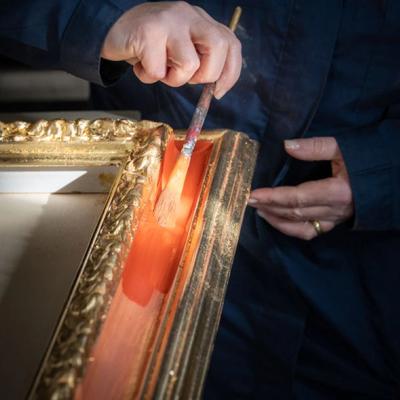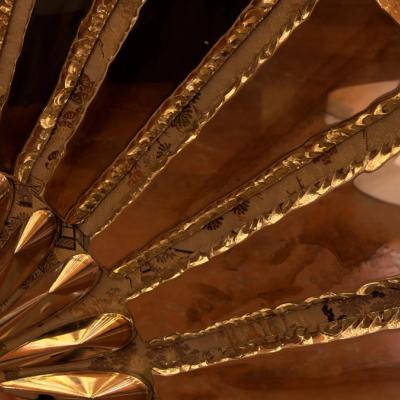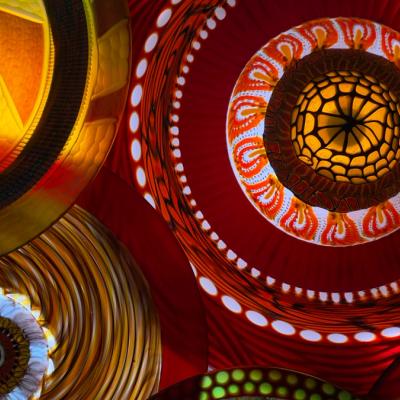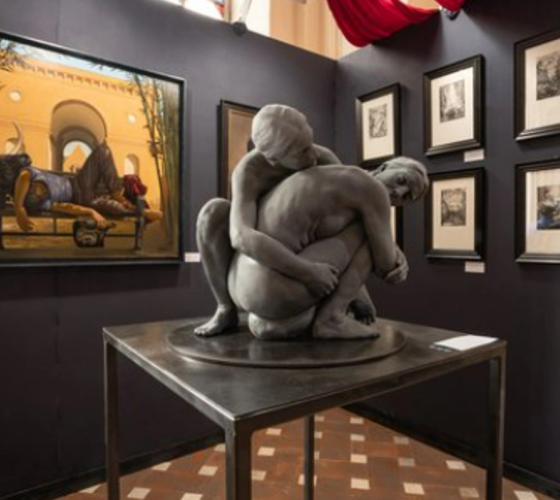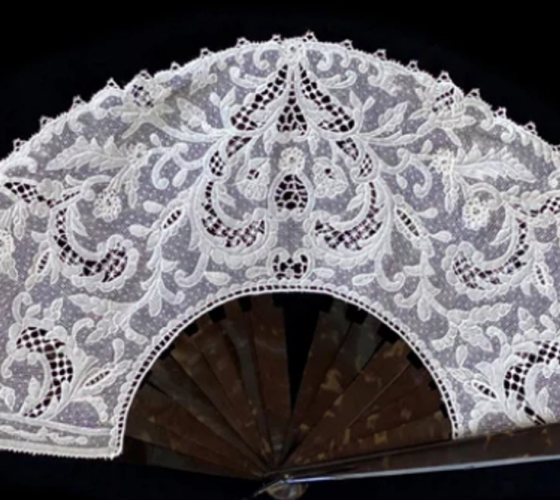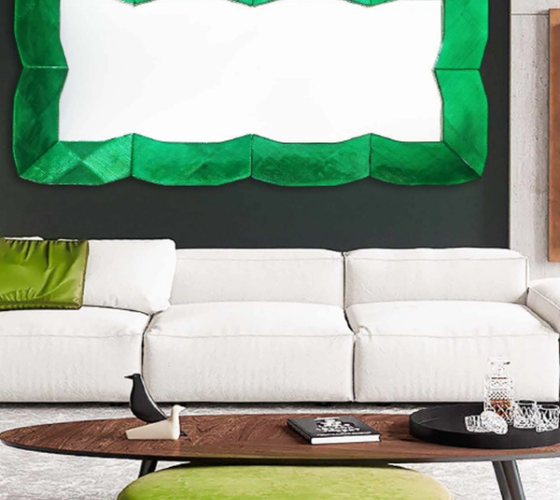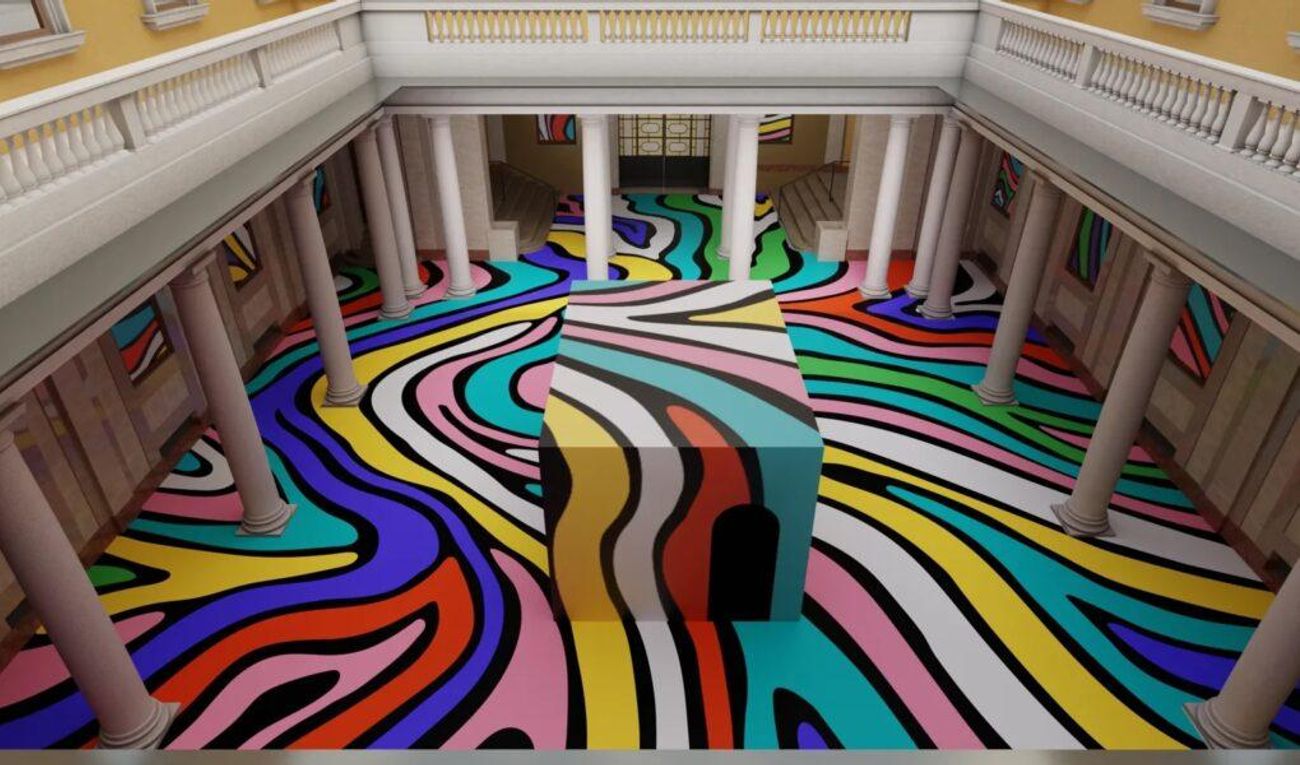
Beyond the Surface: A Counterpoint to Milan’s Design Week
The Great Mirage of Innovation
Every April, Milan becomes the gravitational center of the design world. The streets of Brera, Tortona, and Porta Venezia bloom with installations, showrooms, and parties. The city vibrates with energy. But beneath the spectacular lighting, hashtag campaigns, and Instagram-ready installations, a more sobering reality lingers: the promise of innovation is largely a mirage.
The Fuorisalone—once a vibrant fringe moment of genuine experimentation—has increasingly become an echo chamber for marketing operations disguised as creativity. Major brands occupy more space than ever. Media coverage revolves around names that were already canonized a decade ago. And the small, the experimental, the handmade? Sidelined, or worse, absorbed into corporate storytelling.
The Absence of True Innovation
In its earliest incarnations during the 1980s and 1990s, the Fuorisalone was a space for radical voices: studios, young designers, and international collectives who transformed garages, apartments, and abandoned buildings into laboratories of meaning. Today, the vast majority of “new” proposals are variations on safe themes—familiar geometries, recycled materials (both in use and concept), and surfaces designed for photo ops.
While sustainability is the most recurring buzzword, few projects go beyond symbolic gestures. A table made of ocean plastic, a chair in cork, a lamp reissued in bamboo: these may signal ethical intent, but rarely push the language of design forward.
Where is the friction? Where is the risk? Design that matters often makes us uncomfortable—it questions habits, aesthetics, or even ethics. That spirit is largely absent in the corporate scenography dominating Milan’s design week.
The Invisible Artisan
Perhaps the most striking omission is that of the artisanal voice. While handcraft remains an aesthetic reference point—often mimicked through digital processes—the actual presence of makers, ceramists, glassblowers, woodworkers is peripheral. At best, their work is co-opted as decorative support for industrial narratives. At worst, it is omitted altogether.
The irony is potent: the most materially rich, culturally rooted, and labor-intensive contributions are often reduced to mood board inspiration or background texture. And yet, these are the very hands that connect us to the material intelligence of objects.
Design Week, in its current form, rewards visibility over substance. And artisans, unless strategically instrumentalized by a luxury brand or curated exhibition, simply do not fit into the rhythm of spectacle.
The Self-Referential Artist
Among the “names” that dominate each edition—be it in furniture, lighting, or installation—there is a growing sense of repetition. Former pioneers now quote themselves, leaning on signatures that once broke ground but today feel ornamental. The result is a landscape of self-reference and diluted radicalism.
This isn’t a question of age or status—it’s about relevance. Design, like any art form, demands risk, reinvention, and above all, curiosity. But as commercial pressures mount and branding becomes inseparable from authorship, originality folds into recognizability. What was once new now functions as a logo.
A Stage for the Few, A City for the Many
And yet, paradoxically, this is also the week when Milan becomes a global stage. Designers, students, gallerists, collectors, journalists, and curious minds from every continent converge in one city. Streets are filled with dozens of languages, spontaneous conversations, and chance meetings. Cafés, courtyards, rooftops become improvised salons.
This is the true miracle of Design Week: not the chairs or lamps, but the humans. The energy, the openness, the willingness to engage—even if briefly—with others who see the world differently. It is this social friction, not formal experimentation, that fuels the event’s deeper potential.
In a historical moment marked by digital fatigue, remote work, and fractured social cohesion, the simple act of being together—in a room, at a table, around an object—is radical. If there is an art to be rediscovered, it is this: the art of conversation, proximity, and shared presence.
Download Our Handbook: Discover how Italianicity reclaims the human in design. Download Now
Remembering the Past to Reclaim the Future
There have been moments—now over a decade old—when Milan’s design week felt urgent. When Droog challenged consumerism with wit and austerity. When Martino Gamper deconstructed the archetype of the chair into an exploration of narrative. When the Dutch Invertuals proposed design as poetic resistance. These were not merely objects—they were statements, provocations, inquiries.
We must remember these moments not with nostalgia, but with strategic clarity. They show that it is possible to use design week not just to launch, but to question, to provoke. To treat Milan not only as a showroom, but as a platform for disruption and dialogue.
What Comes Next? Designing Outside the Spotlight
If the mainstream channels are saturated, perhaps the future lies elsewhere—in smaller rooms, in temporary collaborations, in workshops held not for Instagram but for the work itself. In hybrid formats that mix making, thinking, and hosting. In objects not produced for the market, but for meaningful exchange.
The artisanal, the off-grid, the minor gesture—these are not nostalgic retreats, but counter-practices. They hold the potential to reshape how we understand value, authorship, and the role of design in collective life.
Celebrating the Unseen
It’s tempting to reduce Milan Design Week to its excesses and contradictions. But to do so entirely would miss the point. Beneath the layers of marketing, repetition, and spectacle, there is still a pulse. It beats in the conversations held between strangers. In the quiet presence of a handmade object that hasn’t been monetized yet. In the rooftop aperitivo where someone says, “What if we tried something else next year?”
Perhaps the most vital thing we can design today is not a product, but a condition: a condition for real encounters, for generosity, for ideas that challenge rather than comfort.
Until then, let the objects sparkle. We’ll be listening to the people.
Let’s Create Something Remarkable Together: For curated perspectives and collaborations, contact us at hello@italianicity.com.
